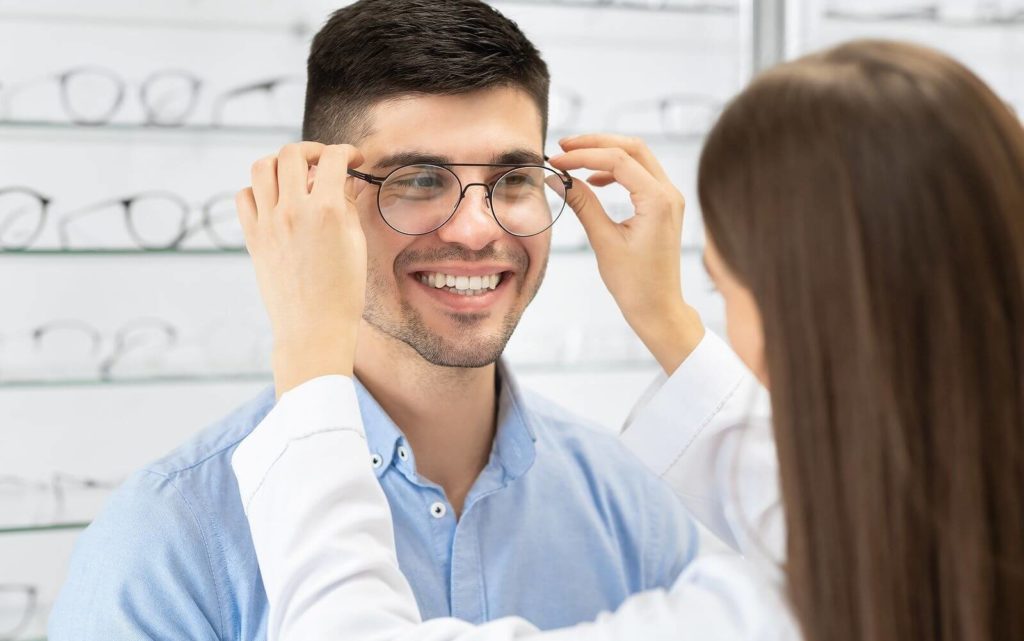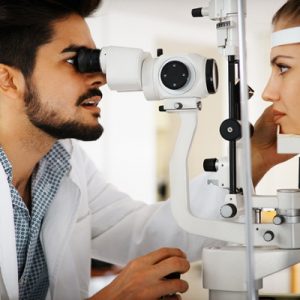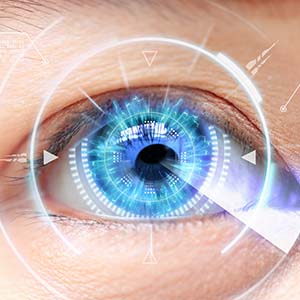Have you been wearing the ‘same old’ pair of glasses for the last few years?
Trading in your old pair of glasses for a new one can be difficult, especially if you happen to love the look of your frames and you believe that your lenses are doing their job.
However, you may want to think twice before you decide that your current glasses are ‘good enough’, because wearing the same optical lenses for more than one year can result in a number of eye health and vision problems.
Just like medication has an expiration date, so do your glasses.
Why is it important to keep your optical prescription up-to-date?
- Glasses frames get bent out of shape which can distort your vision
- Optical lenses usually become scratched over time which can affect your visual clarity
- Your vision may have changed, requiring a new optical prescription for increased visual comfort and clarity
Aside from these important factors, seeing your eye doctor regularly, will not only help to ensure that your optical prescription is up-to-date, but will also help you to monitor your eye health.
If you are wearing glasses to correct myopia (nearsightedness), your risk of developing serious eye diseases is much greater. An annual eye exam can facilitate early detection of these sight-threatening diseases to help you preserve your vision.
SEE RELATED: Do Eyeglasses Weaken My Eyes?
Schedule an appointment with an eye doctor near you to ensure your optical prescription is up-to-date.
How to know when you need a new pair of glasses?
Here are 4 signs that you may need a new optical prescription:
1. Blurry vision
Blurry vision can be a symptom of a wide range of eye conditions, such as dry eye or cataracts, but many times, it’s a telltale sign that your prescription needs to be updated.
Whether your blurry vision is constant or intermittent, it is important to schedule an eye exam. Your eye doctor will not only look for changes in your optical prescription, but will assess your overall ocular health to determine the cause of your blurry vision.
2. Squinting
Squinting is a natural way to help focus blurry images so you can see them more clearly.
However, frequent squinting can cause eye strain and headaches, and is not a long term solution to improve visual clarity.
If you find yourself squinting on a regular basis to see the road signs up ahead or the text on your phone, you may need a stronger optical prescription.
3. Headaches
Headaches can occur from a number of different conditions, but if you haven’t seen your eye doctor in a few years and your headaches typically set in after a couple of hours of reading or using a computer, schedule an eye exam to rule out a change in your prescription.
Headaches are often one of the first signs that your eyes and brain are working harder to compensate for a change in your vision.
4. Eye fatigue
Eye fatigue generally sets in when your eyes need to strain to see near images more clearly. Eye fatigue can result from digital eye strain — a condition caused by prolonged screen time — but can also be a sign that your glasses aren’t providing you with the clear, crisp vision you were once able to achieve.
If you are experiencing any of these symptoms, take the first step in protecting your eye health and vision by ensuring your optical prescription is up-to-date.
LEARN MORE: Optical and Contact Lenses
If you have been wearing the ‘same old’ pair of glasses for more than a year, schedule an eye exam with an eye doctor near you.
Wearing the same glasses for more than one year can result in a number of eye health and vision problems.
With regular eye exams, your eye doctor can monitor any changes in your vision and provide you with an up-to-date optical prescription, so that you can continue to see the world clearly.










